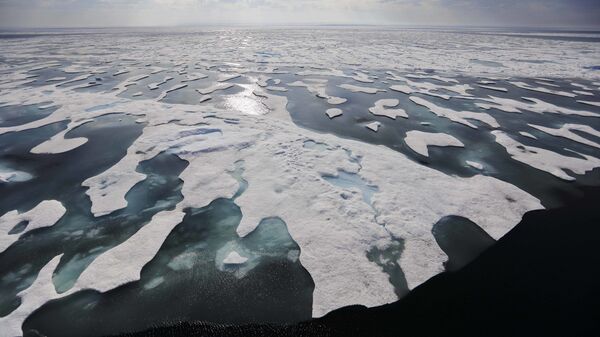The delayed freeze in the Laptev Sea, located between the northern coast of Siberia, the Taimyr Peninsula, Severnaya Zemlya and the New Siberian Islands, may be due to ocean temperatures increasing to more than 5 degrees Celsius above average, following record-breaking heat wave in the Siberian Arctic in July 2020.
— Zack Labe (@ZLabe) October 19, 2020
“The lack of freeze-up so far this fall is unprecedented in the Siberian Arctic region,” Zachary Labe, a postdoctoral researcher at Colorado State University, explained to the Guardian, adding that the delayed freeze is due to human-driven climate change.
“Without a systematic reduction in greenhouse gases, the likelihood of our first ‘ice-free’ summer will continue to increase by the mid-21st century,” he told the outlet.
According to a report by World Weather Attribution, Siberia experienced unusually high temperatures during the first half of 2020, which resulted in wildfires, permafrost loss and an invasion of pests.
In addition to warmer air temperatures that hinder freezing, climate change is forcing warmer Atlantic currents into the Arctic, making it more challenging for ice to form.
“This continues a streak of very low extents. The last 14 years, 2007 to 2020, are the lowest 14 years in the satellite record starting in 1979,” Walt Meier, senior research scientist at the US National Snow and Ice Data Center, told the Guardian, also noting that the average ice thickness in the Arctic is now half what it was in the 1980s.
The trend is expected to continue until the Arctic has its first ice-free summer, predicted to take place between 2030 and 2050, Meier explained.
“It’s a matter of when, not if,” he pointed out.
Delayed freezes could accelerate global warming, since smaller ice sheets provide less area to reflect the sun’s heat into space.



